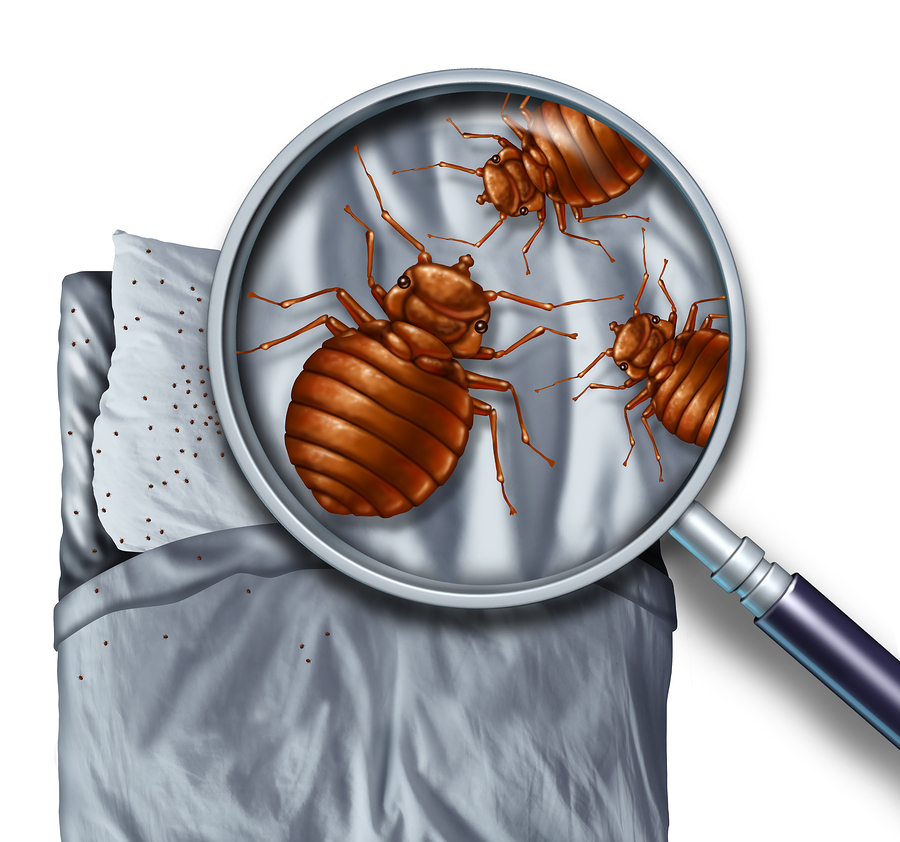Safe Pest Control for Community Farming Initiatives
Community farming initiatives have gained popularity in recent years as a sustainable and communal approach to agriculture. These projects bring together local residents to cultivate crops, raise livestock, and promote self-sufficiency within their communities. However, with the increase in farming activities comes the potential for pest problems. Pests can wreak havoc on crops and endanger the success of community farming initiatives. That’s why safe pest control practices are crucial for the success and sustainability of these ventures.
One of the most effective forms of safe pest control for community farming is integrated pest management (IPM). IPM combines various methods to control pests while minimizing harm to humans, beneficial animals, and the environment. This approach includes cultural, biological, physical, mechanical, and chemical controls that work together in a comprehensive strategy.
Cultural controls involve altering farm practices to reduce pests’ reproductive capacity or prevent them from accessing food sources. These practices can include crop rotation or selecting plants that are resistant to certain pests. Incorporating biodiversity into farms also helps naturally combat pest problems by attracting beneficial insects that prey on harmful ones.
Biological controls use natural enemies such as predators or parasites to manage pests’ populations without causing harm to other organisms or causing resistance https://www.fyple.biz/company/safe-pest-control-pty-ltd-9lvbnfn/ issues commonly associated with chemical pesticides.
Physical controls involve using barriers like fencing or nets around crops to physically keep pests out. This method works well for larger animals such as rabbits but may not be suitable for smaller insects.
Mechanical controls refer to techniques like hand-picking insects off plants or using traps to capture rodents effectively.
When all else fails, chemical controls may be necessary but should always be used as a last resort due to their potential adverse effects on human health and the environment. If chemicals must be used, choosing organic options is best since they are naturally derived without synthetic additives that pose health risks.
In addition to IPM techniques specifically designed for farms’ needs, several general guidelines apply when implementing safe pest control in community farming. These include practicing good sanitation and proper waste management to reduce pest attraction, storing food properly in sealed containers to avoid attracting pests, and maintaining a clean and clutter-free environment. Keeping farm equipment clean can also prevent pests from spreading between crops.
Another essential aspect of safe pest control for community farming is regular monitoring for signs of pest activity. This step allows farmers to identify potential problems before they escalate and take preventative measures to mitigate them effectively.
In summary, safe pest control is crucial for the success of community farming initiatives. IPM practices offer a comprehensive strategy that targets pests while minimizing harm to other organisms and the environment. Implementing cultural, biological, physical, mechanical controls along with proper sanitation helps maintain a healthy farming ecosystem while minimizing reliance on chemical pesticides. Regular monitoring ensures prompt action against potential pest problems before they threaten crops’ success or cause long-term damage to the farm’s sustainability. With these practices in place, communities can continue reaping the benefits of sustainable agriculture without compromising their health or the environment’s integrity.



